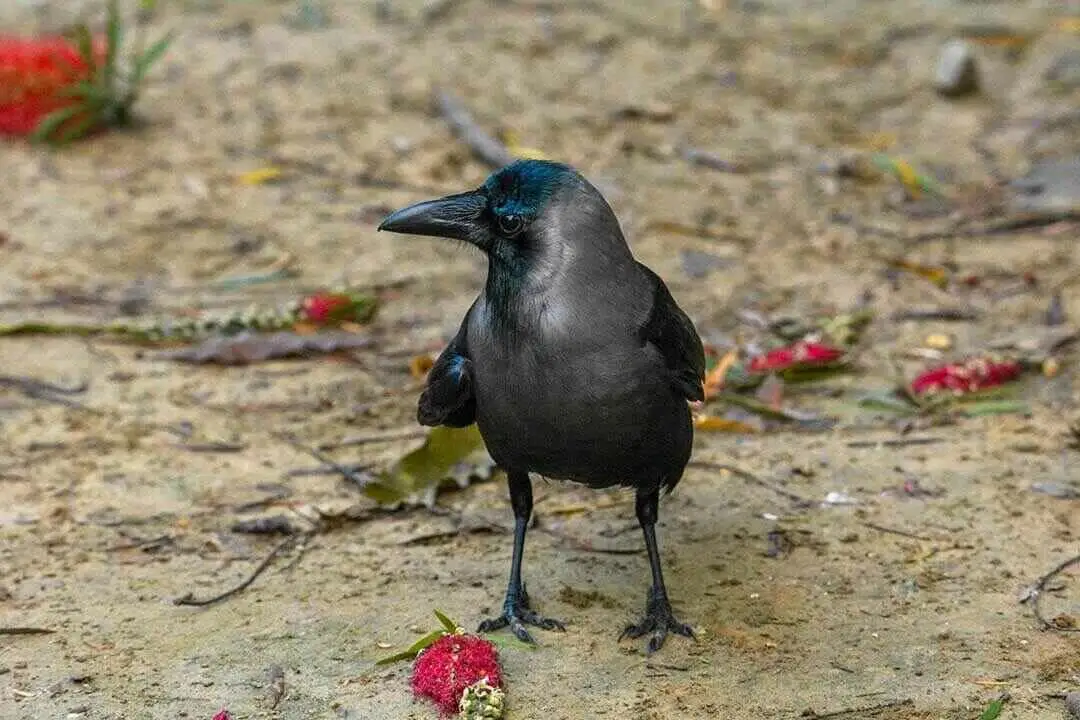
BIRDING IN
Udzungwa National Park
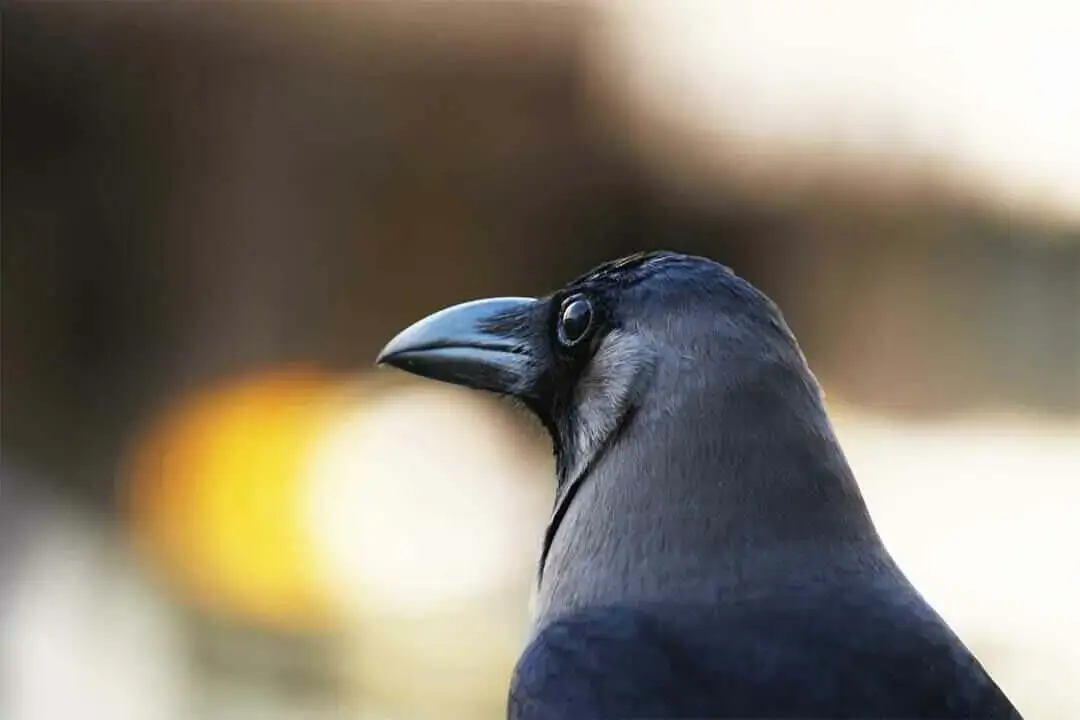
BIRDING IN
Udzungwa National Park
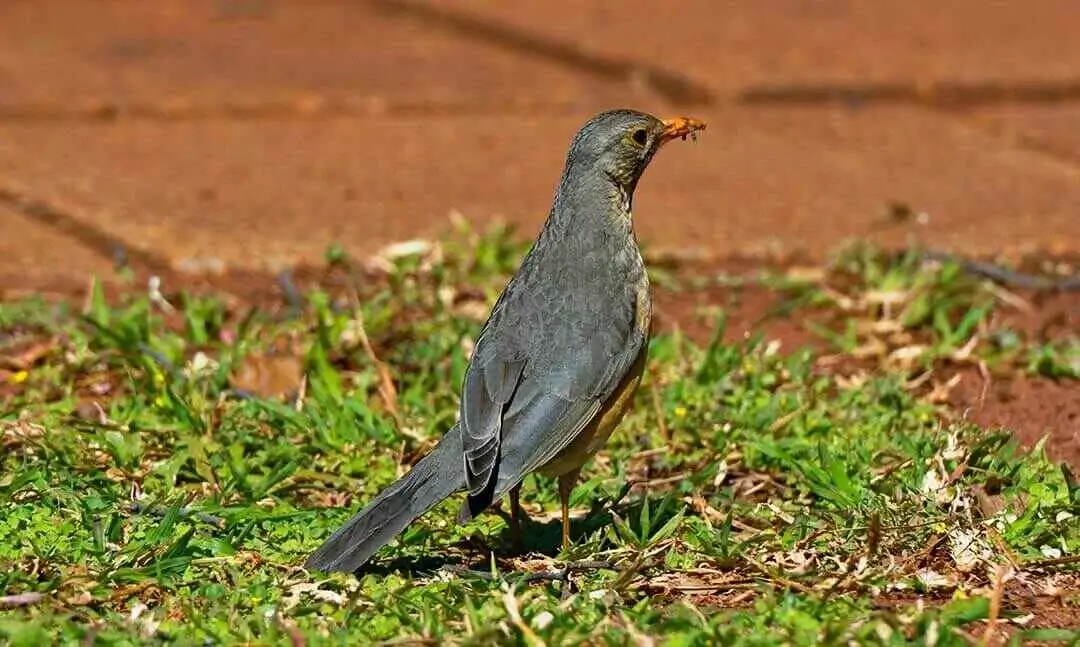
BIRDING IN
Udzungwa National Park
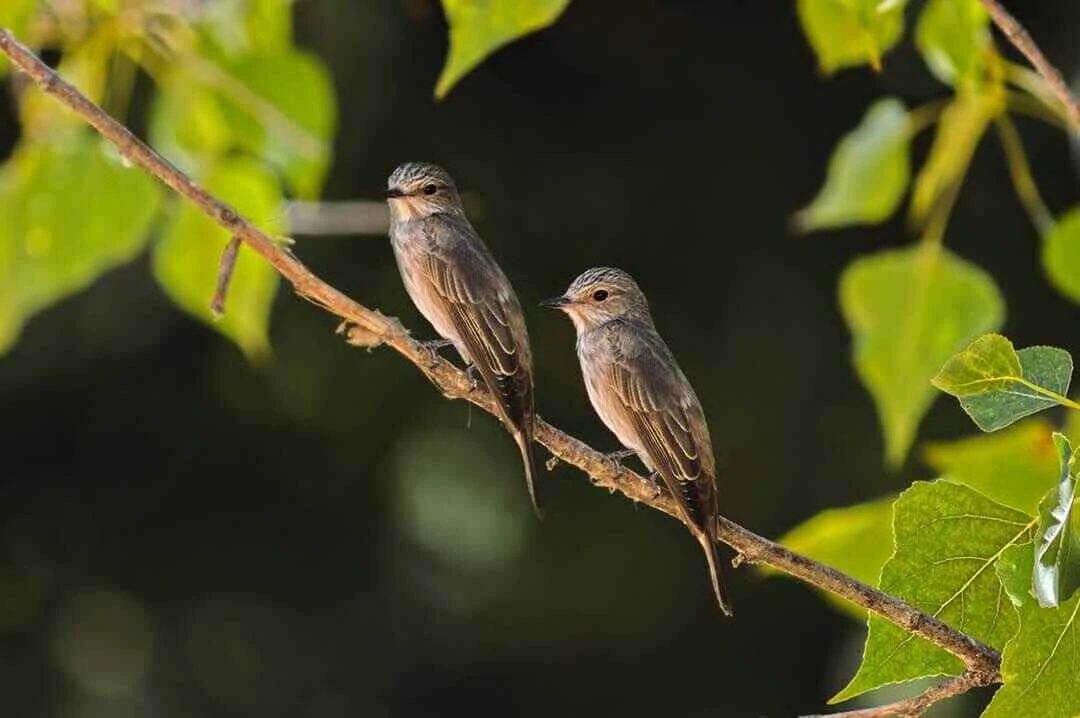
BIRDING IN
Udzungwa National Park
The Udzungwa National Park was created in 1990 by excising land from Mwanihana, Kilombero Scarp and Matundu Forest Reserves. Located in Iringa, Morogoro covers an Area of 199, 000 hactares with an Altitude of 400 to 2,576 meters. The National Park rises to 2,576 m at Mount Luhombero and 2,111 m at Mwanihana. The majority of the park is forested and the eastern escarpment has continuous forest across one of the largest altitudinal ranges in Africa. On the western margins the forest changes to a high grassland plateau.
Before the advent of modern agriculture there was a continuous belt of woodland and forest from the Kilombero valley to the east to the top of the escarpment and on the mountain peaks further to the west. Vehicular access from the west to the high grassland plateau has always been difficult and, apart from the present village of Udekwa, few people have lived in the area in recent times. Average annual rainfall is 2,000 to 2,500 milimeters.
There are sightings of birds like Xenoperdixudzungwensis from near Mount Luhombero, in the park. Circaetusfasciolatus is resident at low densities in low altitude forest at the foot of the east-facing escarpment. In the forest interior Swynnertoniaswynnertoni is rare between 1,000 to 1,200 meters, Modulatrixorostruthus occurs above 1,300 m, and Apalischariessa is uncommon. Bathmocercuswinifredae is locally frequent in forest undergrowth at 1,300 to 1,700 meters.
Three species of threatened sunbird occur, with Anthreptesrubritorques uncommon in forest interior above 850 meters, Nectariniarufipennis fairly common in forest at 600 to 1,700 meters, and Nectariniamoreaui relatively common. Several species of global conservation concern have not been recorded from the park, but are expected to occur. These include Bubo vosseleri, Hirundoatrocaerulea, Sheppardialowei and Cisticolanjombe. The northward extension of the park to the southern bank of the Ruaha River includes Somali - Masai habitat associated with the dry central plateau and two Tanzanian endemics, Cosmopsarus unicolor and Agapornispersonatus, occur.
Fourteen species of the Somali - Masai biome and two of the East African Coast biome have been recorded. The combination of this dry country habitat with highland grassland, mountain forest and lowland forest and woodland ensures a high species-richness in the park Mafia island TZ012 Admin region Pwani Coordinates 07°50'S 39°47'E A4i Area 115,000 ha Altitude 0 to 25 meters Marine Park Site description The Mafia group of islands lie 25 km off mainland Tanzania, virtually opposite the Rufiji Delta (TZ032). They consist of the main island and a number of much smaller islands and islets. They are essentially all coral rock islands with some of the smaller ones nothing more than a sandbank at low tide.
The coastal bush vegetation has been largely replaced by coconut plantations and small-scale agriculture. The vegetation was heavily degraded as long ago as the 1940s and only small patches of coastal forest remain. The islands are known to hold at least 154 species. They are particularly important for Dromasardeola with 500 to 1,000 birds recorded at Chole Bay. The island also holds good numbers of Tringacinerea, Pluvialissquatarola and Calidrisferruginea. Sterna bergii occurs and Sterna dougallii used to breed on the smaller islets and may still do so.
The local breeding population of Ardea goliath on coastal islets is worthy of note. The race Cercotrichasquadrivirgatagreenwayi is endemic to Zanzibar and the Mafia islands. Centropussuperciliosusloandae are common on Mafia island and appear to breed alongside smaller numbers of the black-capped Centropussuperciliosusburchelli
Our Experts are ready to provide answers

Arusha is known to support at least 411 species, including Ardeolaidae, as a non-breeding visitor in small numbers, and one species of the Serengeti plains Endemic Bird Area, as well as 11 species of the Somali - Masaibiome.
Read More
A total of 457 bird species have been recorded from the site. The area is of major importance to migratory waders from northern Eurasia, supporting about 30,000 birds.
Read More
The birdlife in Katavi is good year-round, but at its best from November to April when the migratory birds from Europe and northern Africa are present. At this time, many resident bird species are nesting and are in breeding plumage.
Read More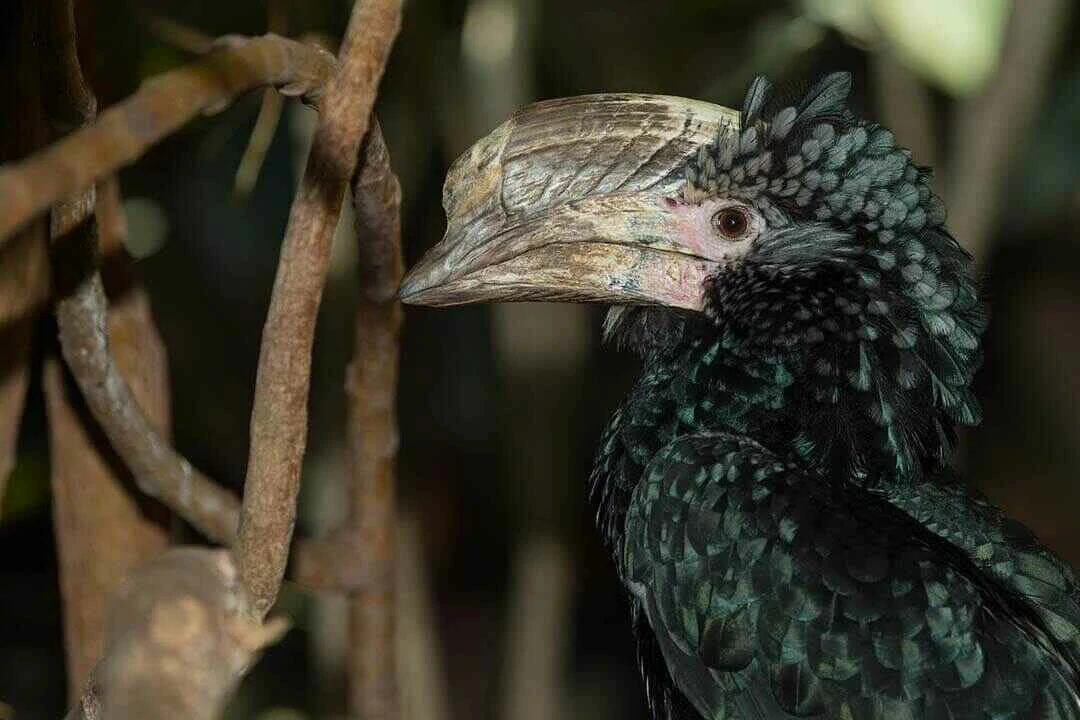
More than 400 species have been recorded here and you can reasonably expect to observe 100 of these in one day.
Read More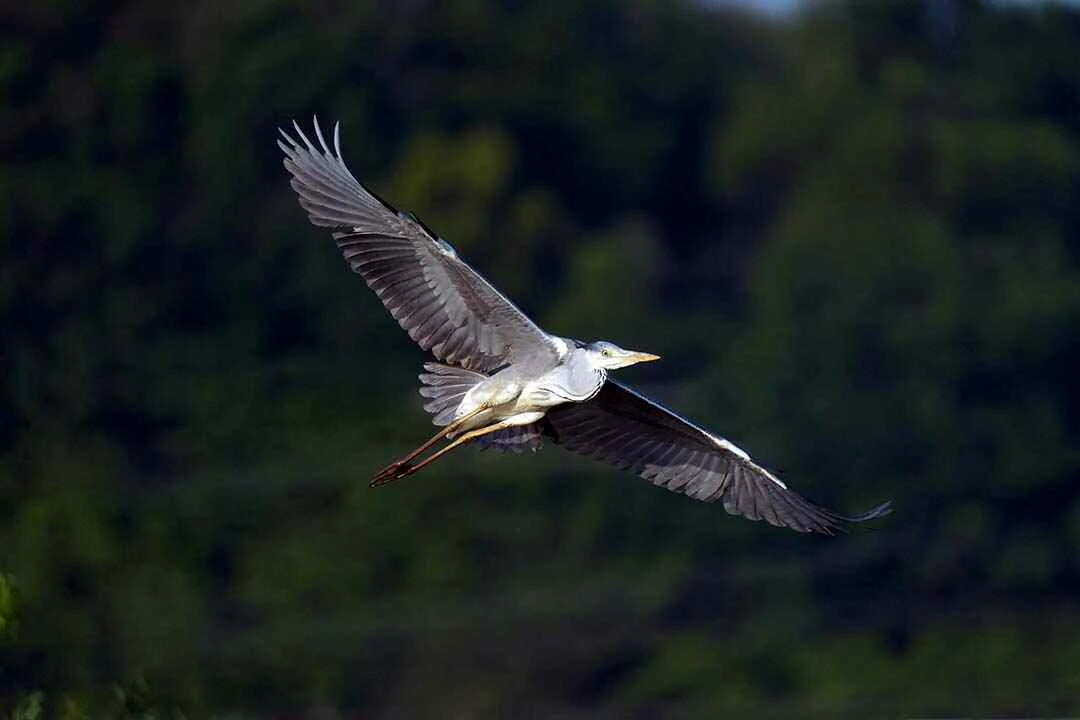
Bird species list includes only 214 species and these include three Guinea - Congo Forests biome species. An endemic subspecies of the globally threatened Apalisargentea is present here.
Read More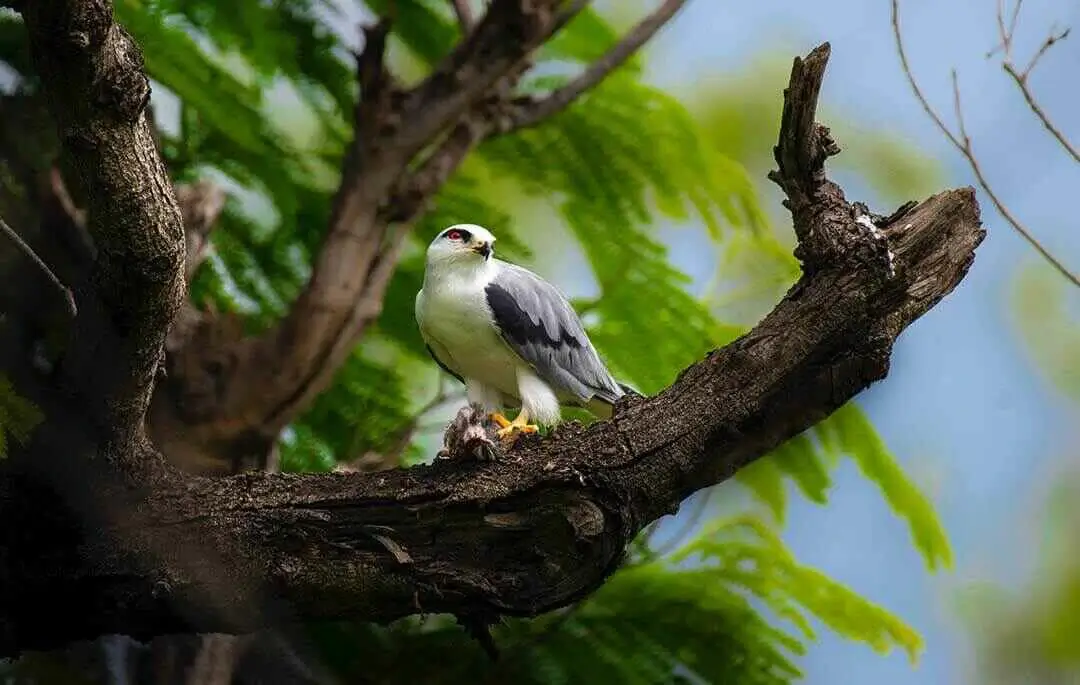
Some 393 bird species are known to occur in the area. Falco naumanni is a regular passage migrant in March and April, but there have been no records of large flocks or wintering birds.
Read More
Some 393 bird species are known to occur in the area. Falco naumanni is a regular passage migrant in March and April, but there have been no records of large flocks or wintering birds.
Read More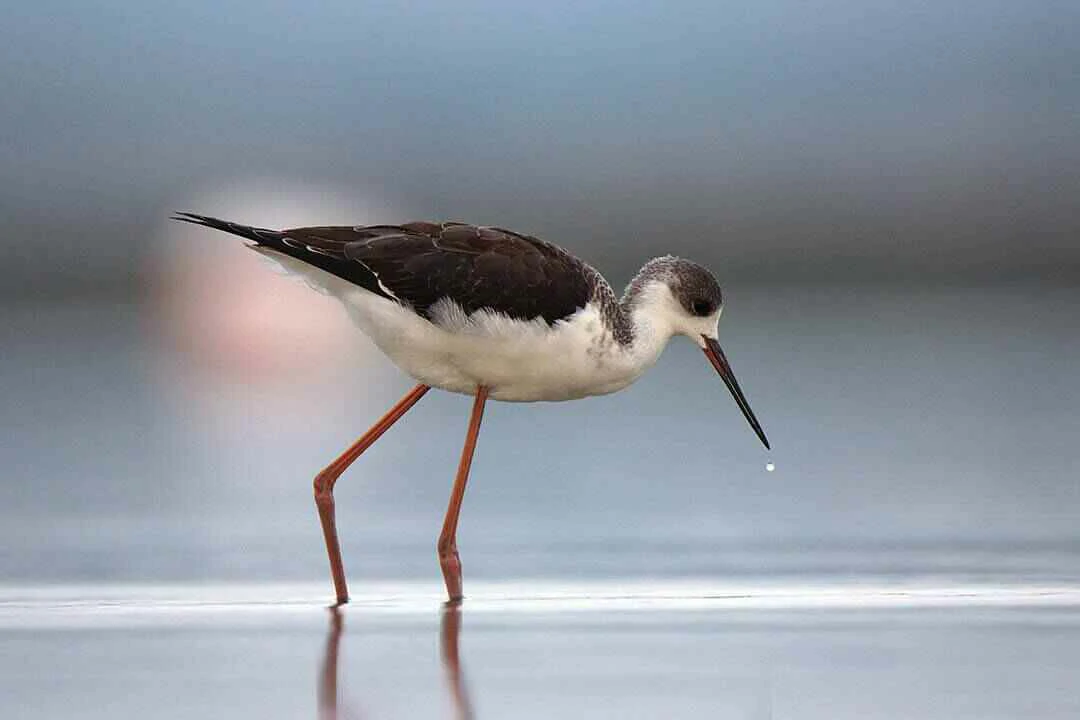
Over 500 bird species are known from the site. Falco naumanni is a passage migrant and Circus macrourus occurs on passage and in winter. Acacia woodland holds the largest known population of Agapornisfischeri, Parusfringillinus is resident and there have been recent records of Apaliskaramojae from Acacia drepanolobium woodland in the south-west of the site.
Read More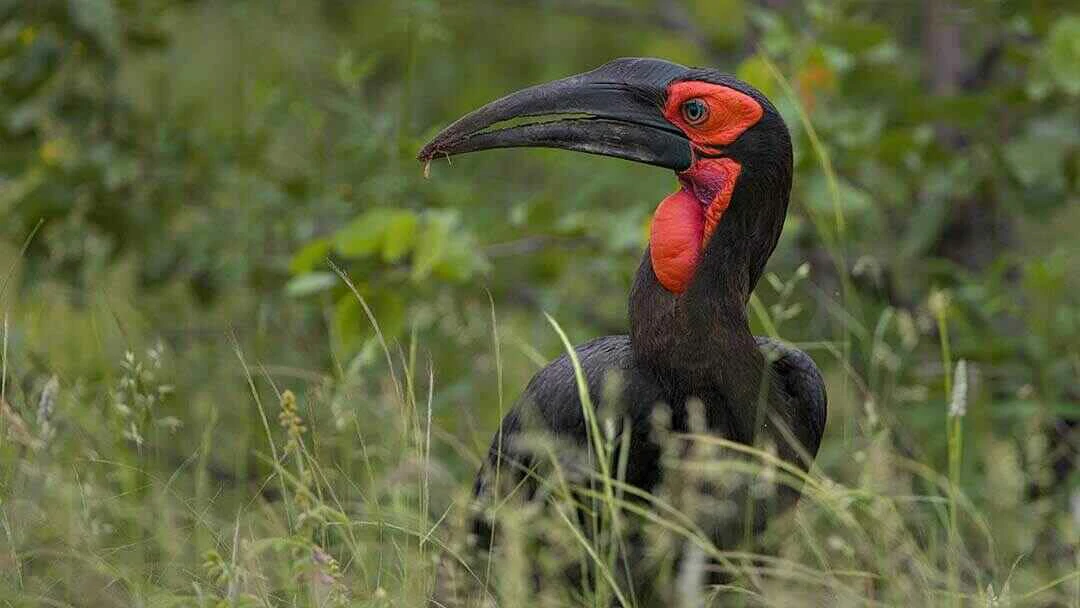
Some 410 species have been recorded for the park, but this figure is almost certainly incomplete as only the main tourist areas are well known. This total includes seven species of the Zambezian biome.
Read More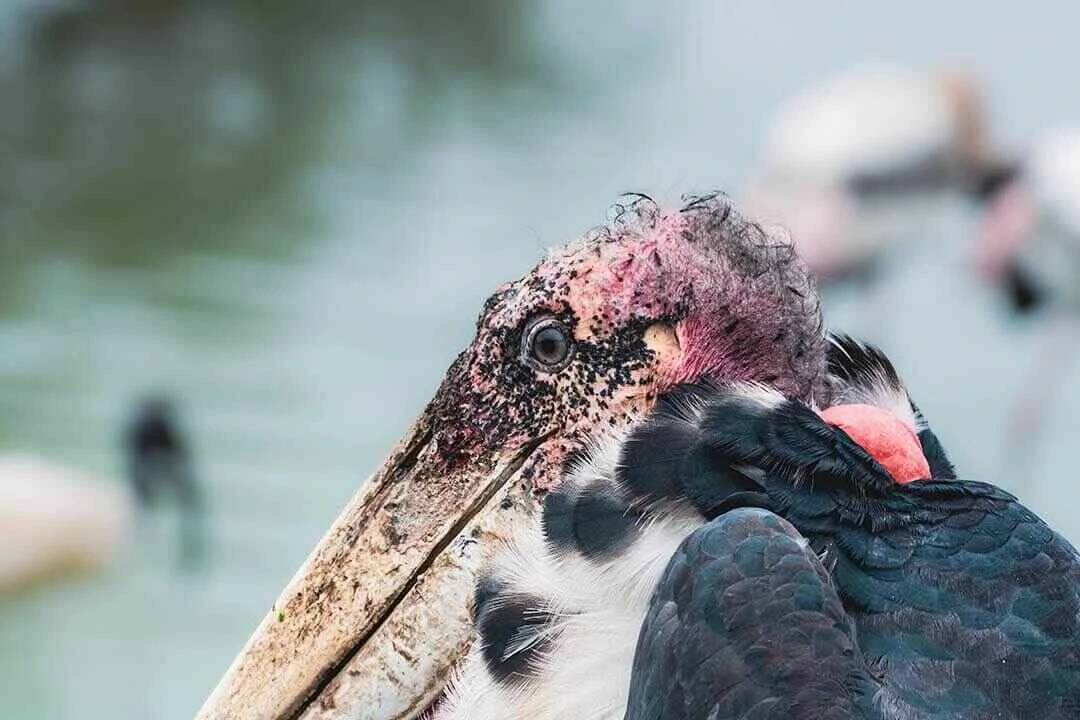
Rubondo main island holds a wide variety of other species, including huge breeding colonies of four species of Ploceus weavers and a relatively dense population of Circaetuscinerascens which are rare in East Africa.
Read More
An estimated numbers of bird species recorded from the park vary from 458 to 505. Glareolanordmanni and Apaliskaramojae, are of global conservation concern. Ardeolaidae is a regular visitor in low numbers. The status of Circus macrourus is described as locally common.
Read More
There is no species list for the park; the total is likely to exceed 450 species. Globally threatened species include Falco naumanni, which occurs in flocks of hundreds in April, following the start of the rains when invertebrate food-supplies are abundant and the park provides secure roost-sites.
Read More